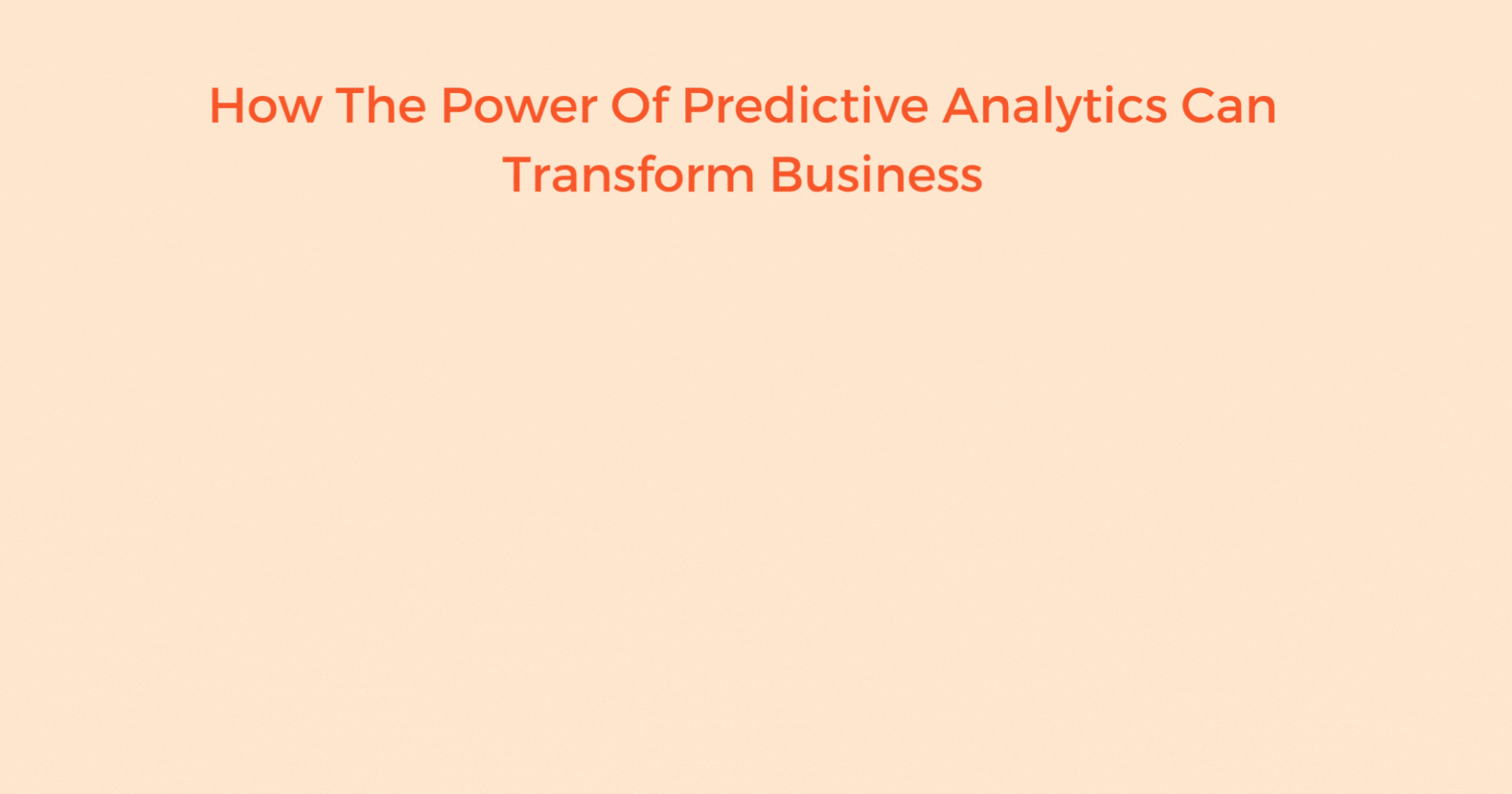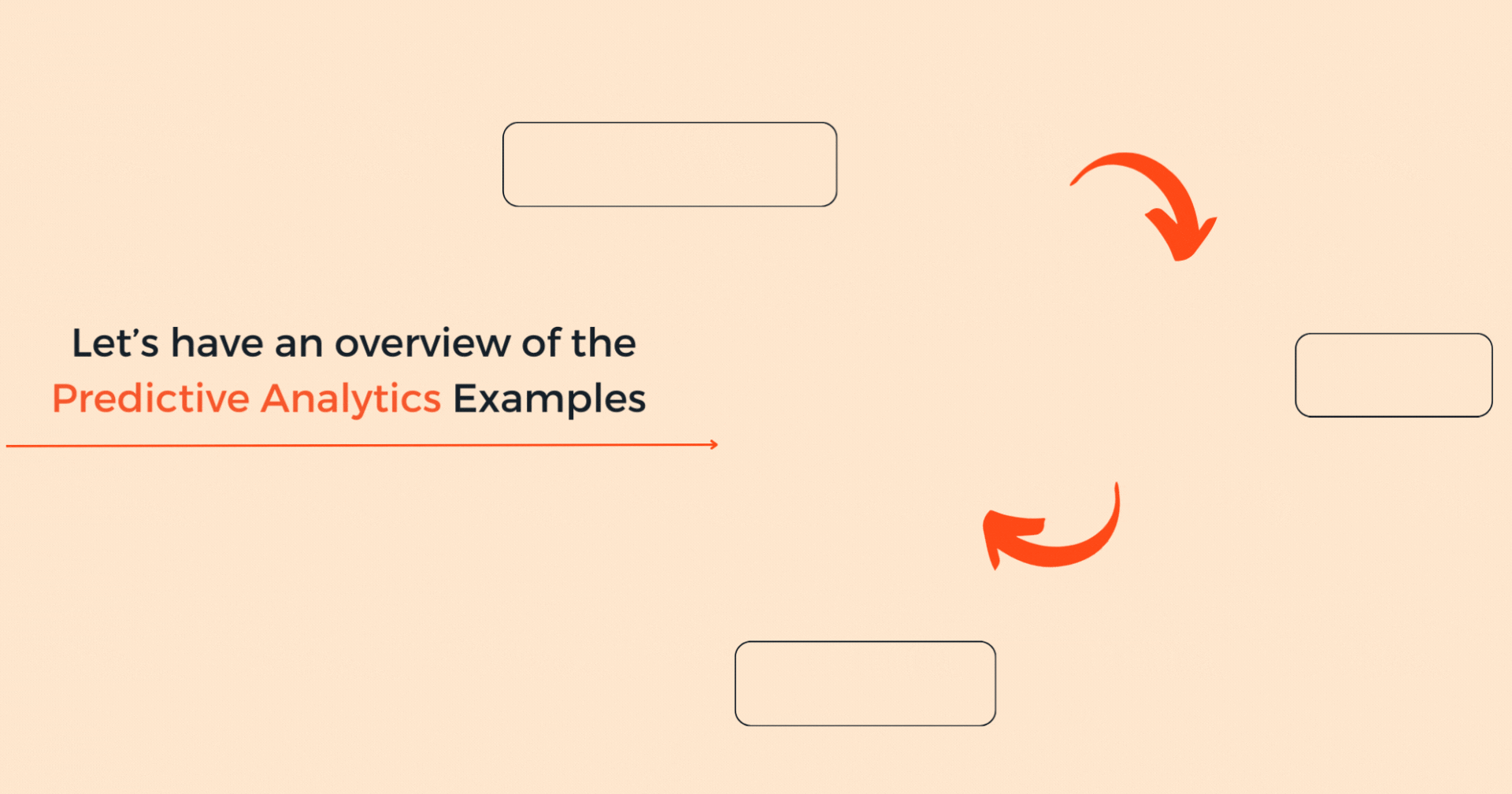Have you heard about Predictive analytics? It is really cool and powerful tool that can help businesses and organizations make informed decisions by forecasting future events or trends. This type of analysis can be used to make predictions about a wide range of business operations, including marketing and advertising. In this article, we will explore how predictive analytics is used in marketing and advertising, including its benefits and some of the challenges that organizations face when implementing predictive analytics.
What is Predictive Analytics?

Predictive analytics is a type of advanced analytics that leverages statistical modeling, data mining, artificial intelligence, and machine learning techniques to analyze data and forecast future trends in marketing, customer behavior, and campaign results. Essentially, it entails utilizing algorithms, data, and statistical models to uncover patterns and trends in past data and make predictions about future events.
The Importance of Predictive Analytics in Business Strategy.
Although predictive marketing is not a new concept, its individual techniques and applications have been used by marketers for many years to improve their marketing campaigns and enhance their products’ targeting. However, with the incredible advancement of data science and analysis in recent years, along with the emergence of technologies, predictive analytics has become more accessible and affordable for almost any business. There are benefits of predictive analytics, Let’s look at some of the key benefits of predictive analytics:
- Improved Customer Targeting: Predictive analytics enables businesses to gain a deeper understanding of their customers by analyzing their past behavior, preferences, and demographics. By leveraging this valuable information, businesses can create highly targeted and personalized marketing campaigns that resonate with customers and drive engagement. This precise targeting increases the likelihood of capturing customer interest and fostering meaningful connections with the audience.
- Increased ROI: By using predictive analytics to determine the most effective marketing channels and campaigns, businesses can allocate their resources with greater efficiency and effectiveness. This can lead to increased ROI and a better overall return on investment.
- Enhanced Lead Scoring: Predictive analytics helps businesses to accurately identify leads with the highest conversion potential, leading to enhanced lead scoring. By analyzing factors like website behavior, demographics, and engagement history, businesses can prioritize their sales efforts and focus on the leads that are most likely to convert into customers.
- Improved Customer Retention: Predictive analytics can support to the businesses to identify the customers who are in the risk of churn and taking proactive measures to retain them. By analyzing the past data such as purchases, engagement history, and customer feedback, businesses can identify patterns that indicate a customer may be at risk and take action to prevent them from leaving.
- Competitive Advantage: Finally, businesses that use predictive analytics in their marketing strategies can gain a significant competitive advantage. By using data and analytics to make better-informed decisions, businesses can stay ahead of the curve and stay ahead of their competitors.
How to integrate predictive analytics into your marketing campaigns?

Let’s look at how to integrate predictive analytics into your marketing campaigns. Integrating predictive analytics into your marketing campaigns can help you to make better-informed decisions and improve the effectiveness of your campaigns. Let me give you some steps to follow:
- Define your objectives: The first step is to clearly define your marketing objectives. What are you trying to achieve? Are you seeking to enhance sales growth, enhance customer engagement, or mitigate customer churn? Once you have a clear understanding of your goals, then you can start to identify the metrics and data points that will help you measure progress toward those objectives.
- Collect and analyze data: Collect data from various sources, including customer behavior data, demographic data, and social media data. Analyze the data to identify patterns and trends that can help you make predictions about future customer behavior. There are many tools available that can help you collect and analyze data, such as Google Analytics, IBM Watson, and Tableau.
- Build predictive models: Once you have collected and analyzed your data, you can use machine learning algorithms to build predictive models. These models can help you forecast future customer behavior, such as which customers are likely to churn, which customers are likely to buy a certain product, or which customers are likely to respond to a particular marketing message.
- Test and refine your models: It’s important to test your predictive models to ensure they are accurate and effective. You can do this by running A/B tests, where you compare the performance of your predictive model against a control group. Use the insights gained from these tests to refine your models and improve their accuracy.
- Implement your models into marketing campaigns: Once you have built and tested your predictive models, you can integrate them into your marketing campaigns. Use the insights gained from your predictive models to tailor your messaging, offers, and promotions to specific customer segments. For example, you might send a targeted email campaign to customers who are most likely to be interested in a particular product.
- Monitor and measure results: Finally, monitor and measure the results of your marketing campaigns to see how well your predictive models are performing. Use the insights gained from your analysis to further refine your models and improve their accuracy over time.
Three examples of predictive analytics in marketing:
1.Customer Lifetime Value (CLV) Prediction
Predictive analytics can be used to forecast a customer’s potential future value to the business, based on their historical purchase behavior, demographic information, and other relevant factors. This information can help marketers to identify high-value customers and tailor their marketing efforts to maximize their lifetime value to the business.
2. Churn Prediction
Predictive analytics can be used to identify customers who are at risk of churning, based on their behavior, purchase history, and other factors. This information can help marketers to intervene with targeted retention efforts before the customer leaves, increasing the likelihood of retaining them and reducing churn rate.
3. Cross-Selling and Upselling
Predictive analytics can be used to identify which products or services a customer is most likely to buy based on their purchase history, browsing behavior, and other factors. Marketers can use this information to recommend complementary products and services to the customer, increasing the likelihood of cross-selling and upselling.
Wrapping up
As I said in the beginning, predictive analytics is a really valuable tool for businesses and organizations these days. It helps them make smart decisions based on data and statistical models. At Prime One Global, we understand the power of predictive analytics and its impact on marketing success. Discover how our team leverages predictive analytics to personalize targeting, optimize ROI, and enhance customer understanding. It’s all about gaining that competitive edge, you know? So, when it comes to marketing campaigns, integrating predictive analytics is key. It involves defining your goals, collecting and analyzing data, building models that predict outcomes, testing and refining those models, and then using them in your campaigns. And the best part is, you can keep an eye on how it’s all performing and make adjustments as needed. With predictive analytics, businesses can make smarter marketing decisions and improve their overall performance. As technology and analytics keep advancing, predictive analytics will only become more crucial for businesses that want to stay ahead of the game and achieve their marketing goals. Take your marketing strategies to the next level with Prime One Global. Visit our website today to learn more and unlock the potential of predictive analytics for your business.







